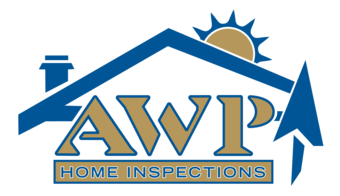Understanding the Risks and How to Protect Your Home
What is Radon?
Radon is a naturally occurring, radioactive gas that can be found in the soil and rock beneath homes, buildings, and other structures. It is a serious health concern because it can seep into buildings and homes through cracks in the foundation, and when it is inhaled, it can increase the risk of lung cancer.
Radon is the leading cause of lung cancer among non-smokers and the second leading cause of lung cancer overall. It is estimated that radon causes 21,000 lung cancer deaths each year in the United States.
Radon is a colorless, odorless, and tasteless gas that is formed from the decay of uranium in the soil. It can enter buildings through cracks in the foundation, gaps in the walls or floors, or through well water. Once inside, it can become trapped and build up to dangerous levels.
How to know if a building has radon?
The only way to know if a building has high levels of radon is to test for it. Radon test kits can be purchased at most hardware stores, and professional radon testing companies can also be hired to perform the test.
If radon is found in a building, there are several ways to reduce the levels. The most effective method is to install a radon reduction system, which can be done by a professional. This system typically involves installing a pipe and fan system that ventilates the radon gas out of the building and into the atmosphere.
How to reduce levels of radon in a home?
Other methods for reducing radon levels include sealing cracks in the foundation and walls and increasing ventilation in the building.
It’s important to note that not all homes have high levels of radon and not all areas have high levels of radon in the soil. However, since radon is a naturally occurring gas, it can be found in any building, in any location and it’s a good idea to test your home, especially if you live in an area with known high levels of radon. Additionally, it’s important to test your home periodically, as radon levels can fluctuate over time.
In conclusion, radon is a serious health concern that can cause lung cancer. It is a naturally occurring gas that can seep into buildings and homes through cracks in the foundation. The only way to know if a building has high levels of radon is to test for it, and if high levels are found, there are several ways to reduce them. It’s important to test your home periodically, as radon levels can fluctuate over time. Be proactive, test your home and protect yourself and your loved ones from the risk of radon exposure.
AWP Home Inspections provides home inspection services including radon testing. January is National Radon Action Month so schedule your appointment today.

